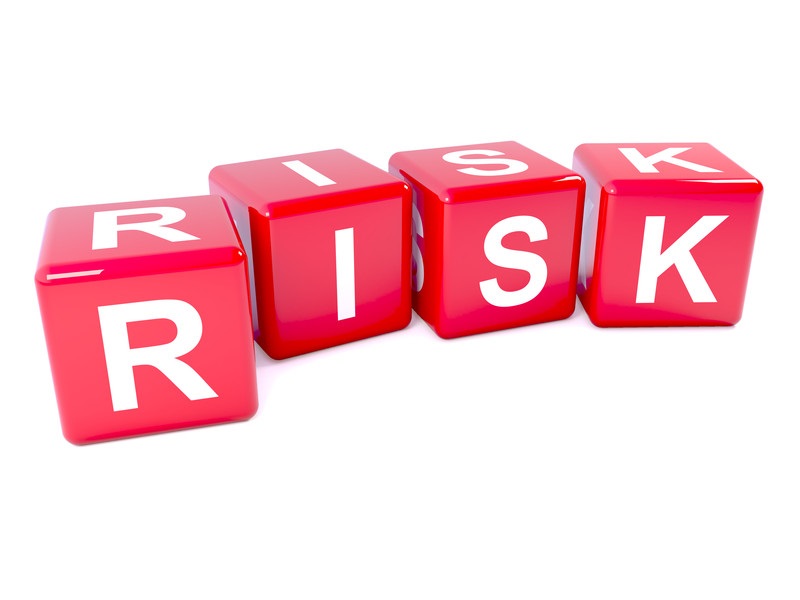
Risk assessment and underwriting are essential processes in the insurance industry. These processes involve evaluating the potential risks associated with insuring a particular individual or business, and determining the appropriate premiums and coverage to mitigate these risks. Here are some key steps to effective risk assessment and underwriting:
Collect Relevant Information: The first step in effective risk assessment and underwriting is to collect relevant information about the individual or business seeking insurance coverage. This may include information about their history, assets, liabilities, and any potential risks or exposures.
Evaluate Risks: Once the relevant information has been collected, the next step is to evaluate the potential risks associated with insuring the individual or business. This may involve assessing their history, financial stability, and potential future risks and exposures.
Determine Coverage and Premiums: Based on the risk assessment, the next step is to determine the appropriate coverage and premiums for the individual or business seeking insurance coverage. This involves weighing the potential risks against the cost of coverage and determining the appropriate level of coverage and premiums.
:max_bytes(150000):strip_icc()/risk-management-2f0a910b44944108a7a0f4462db4175e.jpg)
Monitor and Adjust: Risk assessment and underwriting are ongoing processes. It is important to continuously monitor and adjust the coverage and premiums to ensure that they remain appropriate and effective in mitigating risks.
Use Technology to Improve Efficiency: Technology can play a critical role in risk assessment and underwriting. Use technology such as data analytics and machine learning algorithms to improve efficiency, accuracy, and decision-making.
Invest in Staff Training and Development: Effective risk assessment and underwriting require skilled professionals with specialized knowledge and expertise. Invest in staff training and development to ensure that your team has the necessary skills and knowledge to conduct effective risk assessments and underwriting.
Ensure Compliance with Regulations: The insurance industry is highly regulated. Ensure that your risk assessment and underwriting processes comply with all relevant regulations and guidelines.
Risk assessment and underwriting are essential to the insurance industry. By collecting relevant information, evaluating risks, determining appropriate coverage and premiums, monitoring and adjusting, using technology to improve efficiency, investing in staff training and development, and ensuring compliance with regulations, businesses can build a strong and effective risk assessment and underwriting process that maximizes returns while mitigating potential risks. By following these key steps, businesses can stay ahead of the competition and achieve long-term success in the insurance industry.



